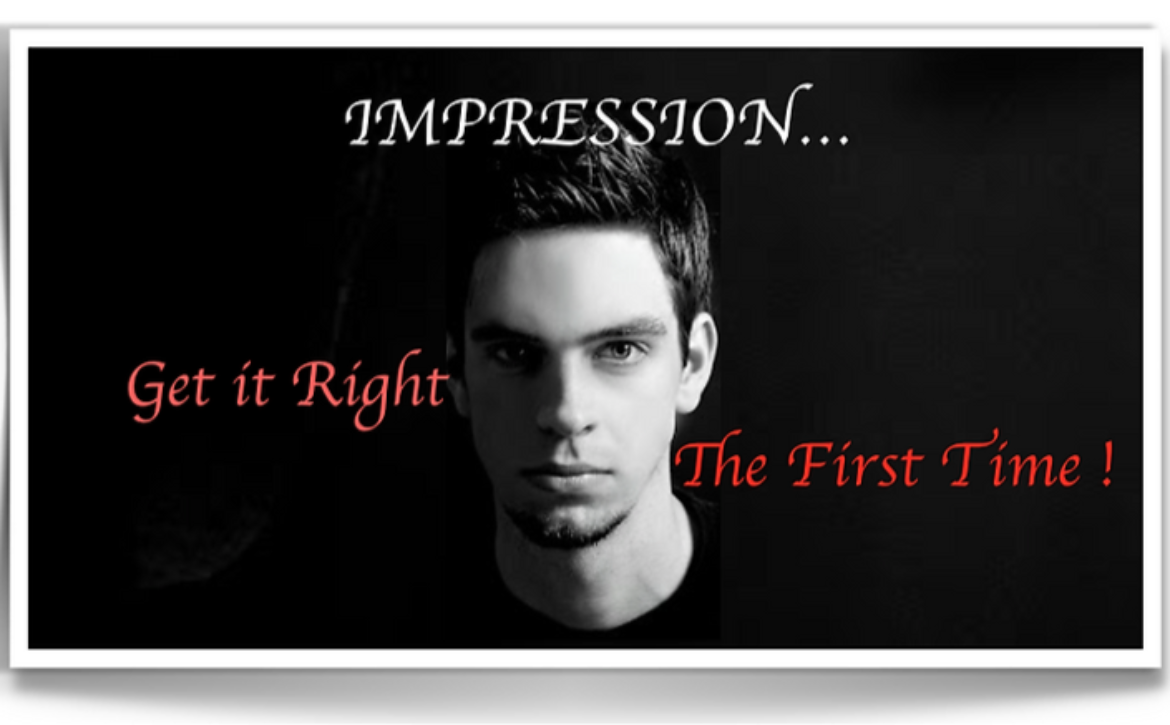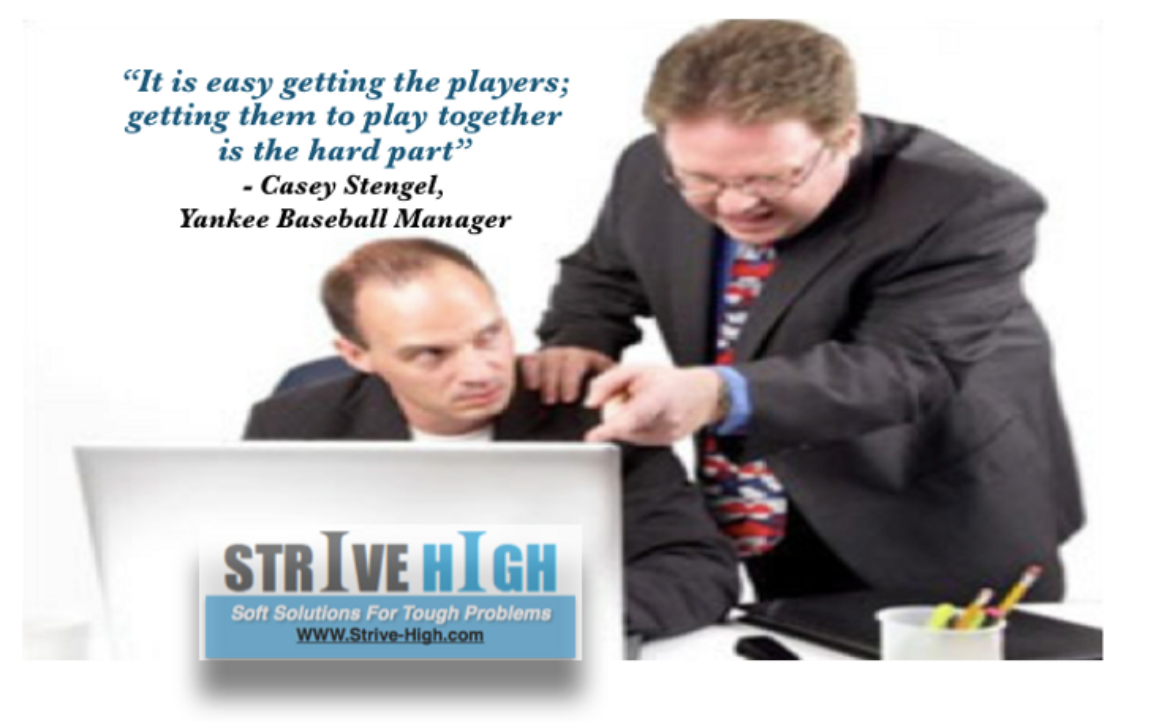
189 Views
Sadness: 5 ways to turn it to your advantage.
Sadness and grief are often regarded as emotions that cause emotional drain without any possible benefit to us. Often seen as a sign of weakness, reflecting lack of endurance, and thus the most obvious reaction is to hide the emotion, divert attention, deny its existence, or fall into a vicious cycle of rumination, rejection, and worse still depression.
It’s true that Sadness is painful, but an interesting paradox is that it is a very useful and powerful emotion! Not avoidance nor denial, but effective management of the emotion is the secret to optimal utilization of that power.
Emotions often thought of, as irrational or nonintellectual feelings that are beyond our control, are in essence complex states of mind and body that comprise of physiological, cognitive and behavioral reactions to situations that can be managed and directed. Effectively, emotions are ‘Energy-in-Motion’, and the power lies in mobilizing that energy in the right direction and using it articulately for the sheer purpose of its evolution and existence.
Sadness is not just a byproduct of all miseries – it has a deep routed purpose!
Like any other emotion sadness happens to drive attention to the situations that we need to respond to. It is usually triggered by sudden loss of a loved one or something very important, the loss could be related to object, person, or something less tangible like a dream, self esteem or esteem of a person one cares about, relationship or time. Physically, one may feel lack of energy, drained out, physical movements slow down, voice tones soften, at times have tears in eyes, tend to avoid gaze, feel tired, may oversleep or suffer from insomnia, and at an increased level might experience elevated heart rate. Behaviorally, one may like to stay in isolation or seek comfort, turn into introspective or analytical mode, trying to focus on the issue at hand, finding solution to find respite from the problem.
How can we turn sadness to our advantage?
Our body has typical reactions to situations in order to empower us to manage the situation efficiently. However, at times we try to ignore, deny, or simply over react to the situation, leading to further problems rather than getting a quick solution. It is important to use all our internal resources effectively to ride through the tough tides and master the art of doing it!
1. Focus on the issue: It may be difficult or even impossible to recover from the cause of sadness, for example a lost opportunity, but it is important to reduce the pain, and to channelize the energy to focus on finding a solution, to minimize the impact of the loss and to find alternative ways to recover.
Sadness slows us down physically and one feels lack of energy and does not wish to engage in different activities, entire energy can be channelized to carefully assess the situation, analyze causal links, explore possible mechanisms of change, and to anticipate potential outcomes of any action that might be initiated. These processes can help trigger data driven processing, use it to take quick action!
2. Use judgment prudently: It is important, especially after bearing a loss that one is not deceived by a judgmental bias and is able to make assessments based on realistic evaluation.
The good news is that since sad people are more focused on external cues they do not easily get distracted by common judgmental biases. These judgmental biases include common biases such as first impression effect, familiarity effect, recency & primacy effect, fundamental attribution error, halo effect, Optimism bias.
Take advantage of subtle increase in ability to form accurate impressions, make use of the attentive and detailed thinking style and develop a clearer understanding of the situation, analyze causal factors, and develop an immaculate action plan.
3. Stay Motivated: People experiencing sadness feel the desperate need to change the status quo and are therefore motivated to make extra effort to achieve potential benefits. Derive energy from increased perseverance, and take the step that can make the difference in uplifting current state.
4. Get Help: When things blow out of proportion and are difficult to be managed alone, it is time to seek external help, especially from friends and loved ones. People undergoing a sad phase easily draw attention of people who care for them. It is needless to mention that the expressions of sad person look agonizing and sincere. Sad people also sound more persuasive, are able to provide effective and concrete arguments to support their cause, and are better able to convince others about their situation and perspectives.
Get necessary support to navigate your way out of the situation.
5. Remember your takeaways: It is important to learn lessons from past experiences, especially sad ones in order to avoid recurrence and to reduce the impact of the same.
Fortunately, sadness improves attention and enhances memory for incidental details, resulting in better memory of the situation. Use it to remember key indicators that led to the situation, emotional triggers that drive attention to the situation, causal analysis of the situation, trust the accuracy of your judgment, so that situation doesn’t happen again, and if it does happen, you have your action plan!
Sad moments happen, but the strength lies in emerging as a person adept at dealing with difficult situations. In fact, some people become so aware of their hidden capabilities during sad states, that they consciously gravitate into sadness during challenging and tough decision making situations, to make use of heightened state of alertness and perseverance. They know which mood is more conducive for optimum performance in different situations, and are able to manage their moods – rather than being managed by their moods.
Sad feelings inspire people in different ways. Some great pieces of art, poems, songs, stories, books, etc. were created in moments of sadness, and the melancholy in them continue to inspire many. Stroke that creative streak in you – you might be surprised!
Is sadness the way to go?
Without darkness, we can’t appreciate the light. Without sadness, we may not be able to admire happiness. And, to make happiness, eternal, it is important to be able to quickly navigate through sadness. It is important to remember that like any other emotion, sadness is a temporary state, it is there for a purpose, and is not endurable if experienced for too long. If not managed well it may turn into anxiety and eventually to depression, which can be extremely debilitating.
So the answer to the above question is a BIG NO! Happiness is the way to go! But, like it or not, life is full of highs and lows, and to go higher we need to navigate our way through the lows – fast and well!
Life is what you make of it, you are dealt with a pack of cards, your DNA is to make the best of cards that are handed out to you. – Lee Kuan Yew
– Preeti Dubey





